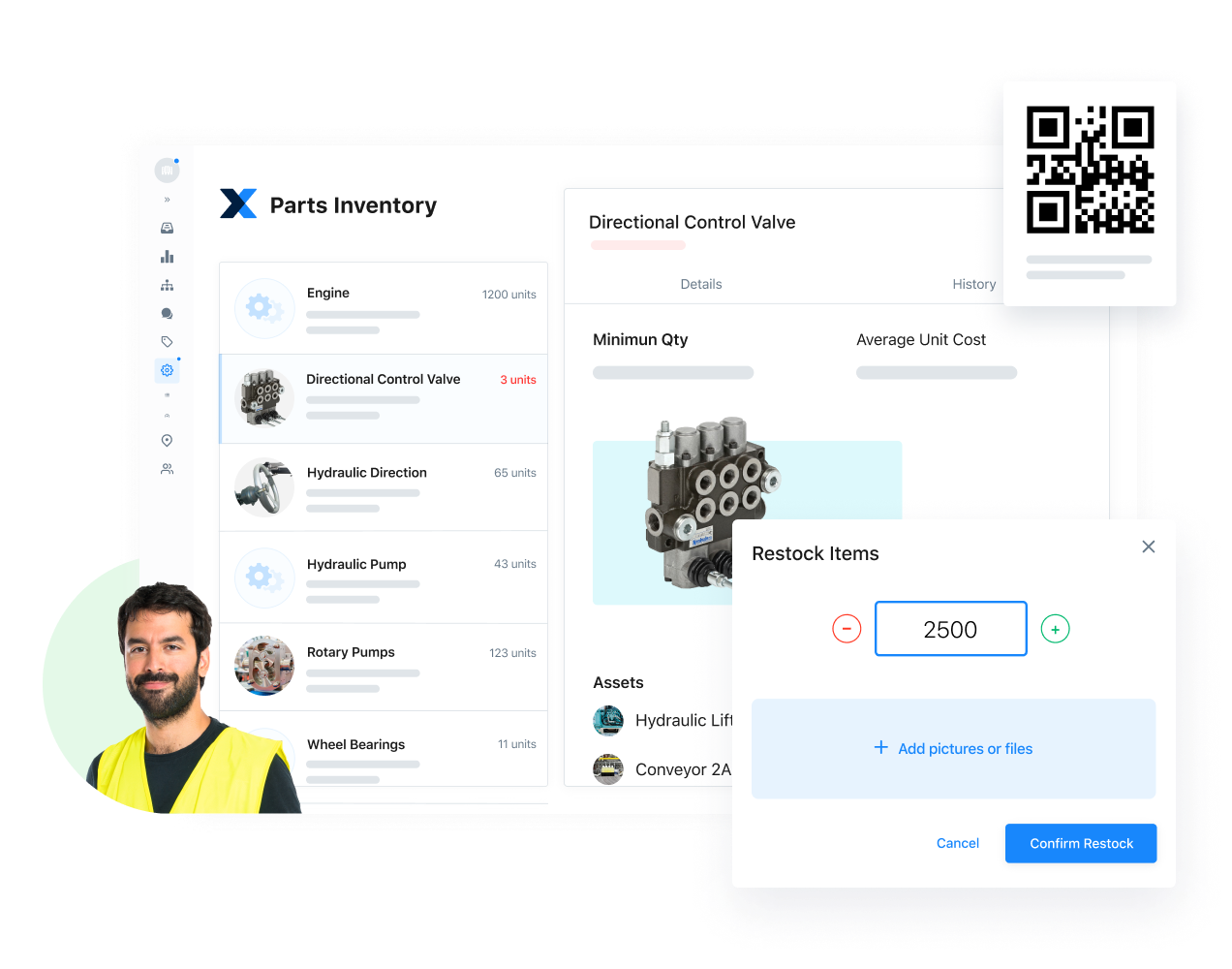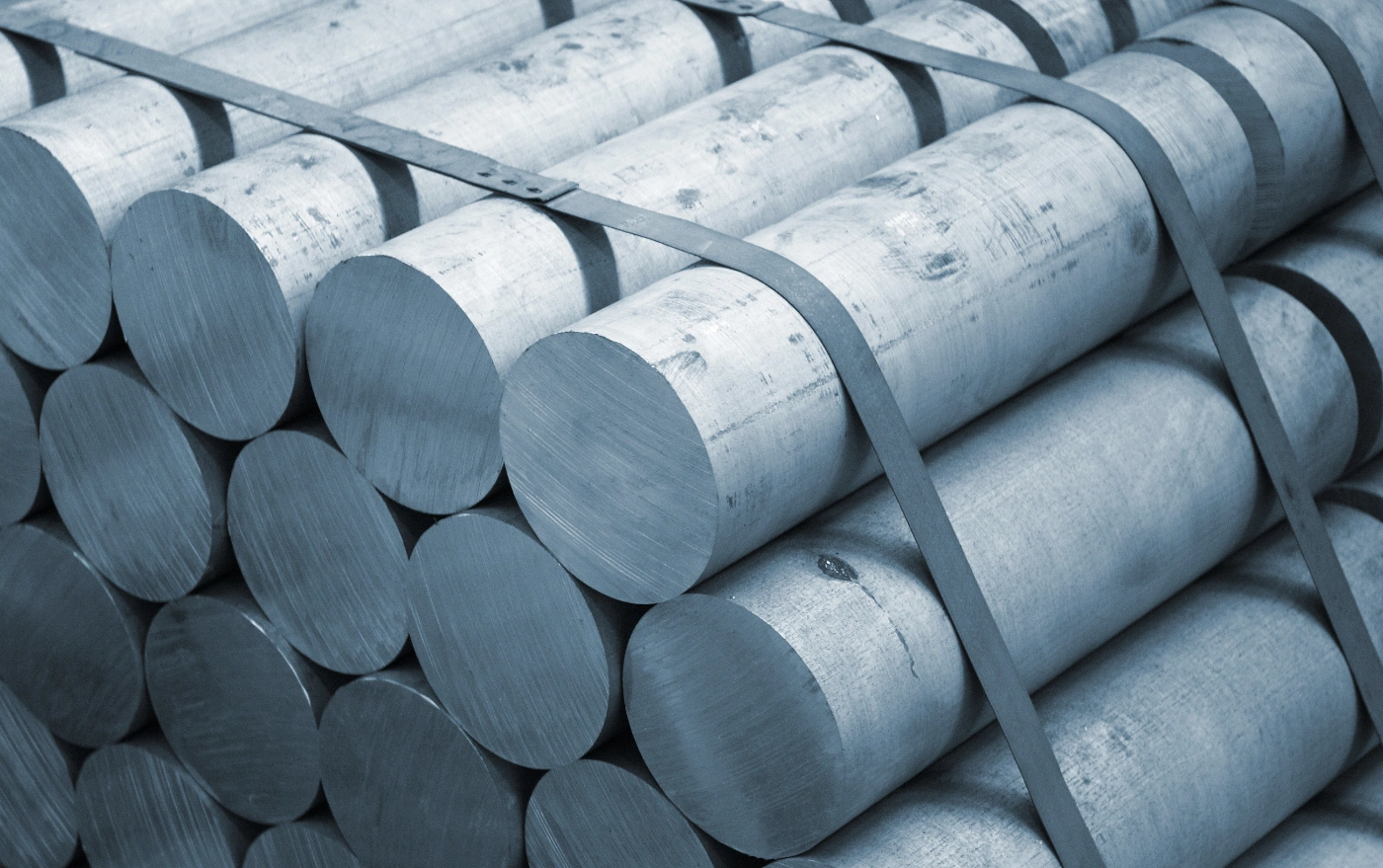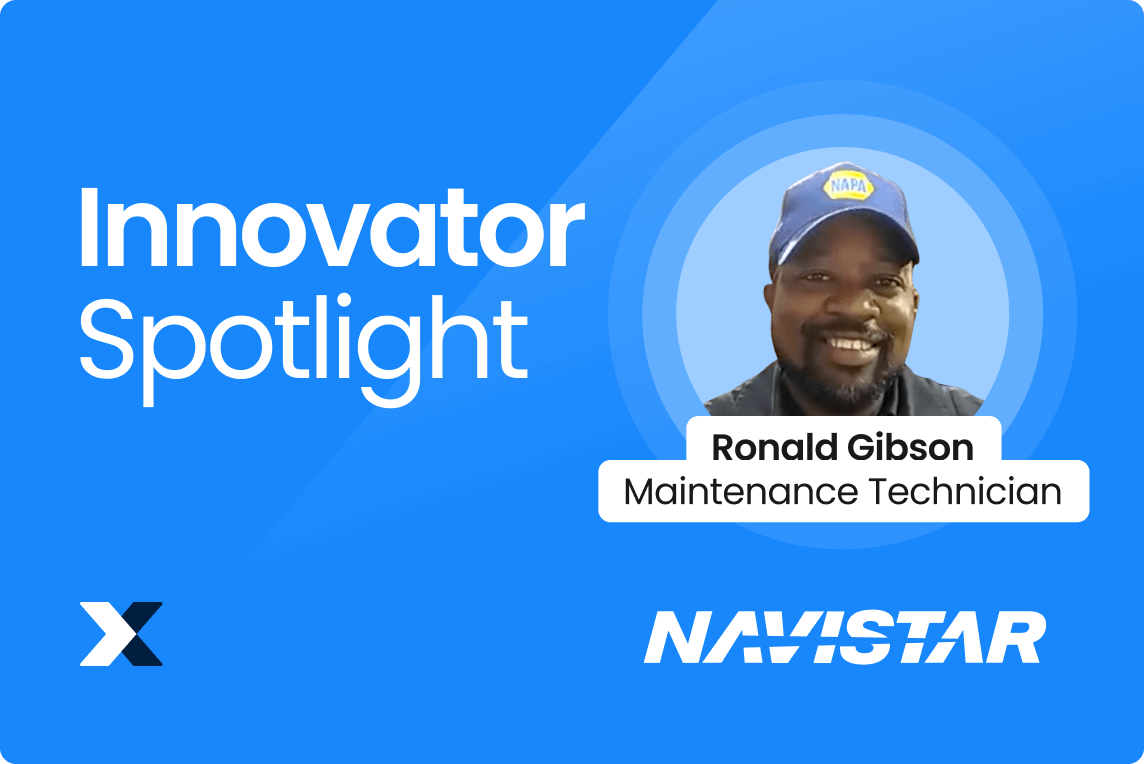
Original Equipment Manufacturer (OEM) parts are, like the name suggests, parts that come from the equipment manufacturer. So whether you’re dealing with large-scale manufacturing assets or everyday motor vehicles like a Ford car, OEM parts stand in contrast to aftermarket parts.
If you’ve ever needed to replace machine parts, you may have asked yourself if it was worth buying the parts from the manufacturer or getting cheaper market alternatives.
Say you drive a Camry or a Bronco. Why bother with original Toyota or Ford parts when you can save money buying parts from a different manufacturer? You’ve already invested money into buying the car, so what’s the big deal if a replacement part doesn’t come from your auto manufacturer? For example, what does it matter if a fan belt wears out and you replace it with one from a different brand?
In this post, we will explore when to choose OEM parts for your maintenance and when to consider aftermarket alternatives.
“Choosing between original equipment manufacturer, or OEM, and aftermarket car parts is all about squaring your priorities with your budget. Each option has its benefits, but how long a part will last and its initial cost can vary widely depending on if you go with OEM or aftermarket parts.”
NerdWallet
What Are OEM Parts?
Initially, a vehicle is equipped with factory components known as Original Equipment Manufacturer or OEM. It’s worth noting that the concept extends beyond just automotive manufacturers. The term applies to any enterprise that produces parts for new vehicles or the components themselves. An OEM generally refers to a part made specifically for the original product.
What Are Aftermarket Parts?
Aftermarket parts are replacement parts that perform the same function as OEM parts. However, instead of coming from the original manufacturer, aftermarket parts are produced by third-party manufacturers. For example, imagine you have a Ford Mustang, and your brake pads wear out. One option would be to go to the Ford dealership and sort your needs out in person. Or, say you can’t get to a Ford dealership. You might try to source the Ford parts online.
Or, what if you’re concerned about the cost of getting your car serviced at the dealer? Often, third-party manufacturers offer cheaper alternatives to OEM parts. So why not just forgo the genuine OEM Ford parts and take advantage of the great prices from third-party retailers?
Let’s consider some factors that should go into making this decision.
“You might assume that OEM parts are better than aftermarket since they’re made to fit exactly into your make and model. However, determining the best parts for your situation comes down to your personal preference."
Car and Driver
OEM vs. Aftermarket Parts
Both OEM and aftermarket parts have their pros and cons. However, a brief comparison reveals that OEM parts have an advantage in terms of reliability and long-term investment. On the contrary, aftermarket parts provide greater flexibility and affordability.
OEM vs. Aftermarket Cost
In many cases, you’ll find that third-party replacement parts are less expensive than OEM parts. Whether in automotive equipment or manufacturing assets, it’s only natural to want to save money.
That said, before going online and clicking checkout, or hitting an automotive parts store, consider the effects of your present savings for those aftermarket parts. Many third-party auto parts are trustworthy, but many aren’t. When using OEM parts, you can be more sure you’re getting high-quality equipment tailor-made for your assets.
As a result, you’re less likely to spend additional money replacing the same parts or fixing errors due to incompatibility. Before making any decisions, read the online reviews or talk to a parts expert to ensure you get the same bang for your buck.

Time
Another reason you might consider aftermarket parts is to save time. Imagine looking for OEM parts and discovering that the dealership doesn’t offer fast shipping, whereas the aftermarket vendor can get you its parts by tomorrow.
In such a case, it might seem like you have a clear choice. However, this is another case where you don’t want to trade long-term security for short-term gains. The benefit of OEM parts is that the manufacturers have made them precisely for specific assets. As a result, you can trust their performance more.
With aftermarket parts, performance issues can still be a risk. If the parts don’t work as planned, you’re looking at potential breakdowns and downtime, rendering any time you’ve already saved obsolete.
OEM vs. Aftermarket Parts Performance
Performance depends on the specific part. Returning to Ford, for example, replacing your Ford F-150 floor mats with third-party options won’t affect your car’s performance. The look might be different, but it makes no difference whether you buy third-party or original Ford parts.
However, if you consider replacing a fuel pump or filter, getting OEM Ford parts might be worth it. You could take a close look and compare the Ford parts to the aftermarket parts. In general, though, manufacturers know precisely how they make certain parts. They will also make their parts using the same materials and technology they use for the original products. This means you don’t have to worry about the performance.

OEM Parts Warranty
Original Equipment Manufacturers will often offer warranties on their products. Third-party manufacturers may not offer this advantage. However, the MSRP sheet may carry a caveat about how using aftermarket parts will void your warranty.
Original Equipment Manufacturers will often offer warranties on their products. The manufacturer will cover repairs or replacements under certain conditions if something goes wrong. Third-party manufacturers may not offer this advantage. Also, sometimes on the MSRP sheet, there’s a line or two about only buying OEM products to keep your machine under warranty.
How Can a CMMS Help You Manage Your Parts?
If you’re a private car owner looking to manage your replacement parts, a CMMS may not be for you. Sure, inventory management features might help you organize your Ford replacement parts. Still, if you’re in the manufacturing and maintenance business, you’ll have more to gain from a Computerized Maintenance Management System. Here are a few ways how.

Track Your Inventory
Before considering OEM or aftermarket parts, know what parts you need. A CMMS can help you maintain real-time, up-to-date information about your inventory. With a mobile CMMS, your employees can update parts and asset inventory directly from the site of the repair or replacement.
Instead of using a pen-and-paper register or log book to record what workers add or remove from stock, staff can simply input this information into their CMMS-managed inventory to update the central record.
Automate Your Purchase Orders
A robust CMMS will simplify the process of filling inventory for your parts department. MaintainX, for example, includes a purchase orders module that integrates with third-party vendors.
This means instead of flipping through a parts catalog every time you need to place an order, you can simplify the process once you have trustworthy vendors. MaintainX users can send purchase orders internally AND externally to those outside MaintainX via email.

Monitor Your Performance
Most important, when selecting OEM or after-market parts, you must ensure the parts you use are compatible with your assets. A CMMS can help by tracking your equipment’s performance over time. Key performance indicators (KPIs) such as MTBF and MTTR are two of many metrics you can track with a CMMS.
MaintainX CMMS allows you to create custom dashboards to monitor and report the metrics you care about the most. You can generate data-driven, actionable insights by comparing performance across teams, equipment, time, etc.

MaintainX Parts Inventory
MaintainX’s Parts Inventory feature helps organizations efficiently manage, restock, locate, and assign parts to work orders and assets. Try MaintainX for a range of features, including:
- Automated low-quantity alerts, which save time, energy, and resources.
- Digital reporting to analyze asset breakdown patterns.
- Connected-workforce capabilities to help manage multiple remote locations.
- Vendor data management to keep contact information at your fingertips.
- Asset data management to catalog and use QR and barcodes, serial numbers, and more.
- Digital checklists and procedure templates to support standardization and reduce worker errors.
- Timestamps to provide digital audit trails and proof of compliance.
Ready to move your parts inventory into MaintainX? Book a tour today.
FAQs

Lekan Olanrewaju is a content writer with years of experience in media and content creation. He has held positions at various media organizations, working with and leading teams at print magazines, digital publications, and television productions.

.jpeg)











